“Las Meninas” is an oil-on-canvas painting measuring 3.18 by 2.73 meters, painted by Diego Velázquez in 1656.
Velázquez was one of the most important Spanish baroque painters of the 17th century, often dubbed the Golden Age. In his early years he was influenced by Caravaggio’s work and focused on depicting ordinary people.
But beginning in 1623, Velázquez worked as the official court painter for Philip IV of Spain, painting royal portraits.
“Las Meninas” is considered his masterpiece, completed at the peak of his career, when Velázquez was the most famous and celebrated of all Spanish painters.
“Las Meninas,” or “the Maids of Honour,” is a very large canvas and portrays a scene set in Velázquez’s studio. The Infanta of Spain, the king’s daughter, stands in the middle of the composition, surrounded by two maids in waiting, a few court dwarves and a dog. On the left-hand side, the artist himself can be seen, painting an enormous canvas of which we can only see the back side. The characters in the painting are looking out at the spectator.
The light is crafted so that it loses intensity the further back one looks into the space depicted in the painting. The only source of light is an open door on the dark back wall. Two rows of paintings hang on the walls, including well-known works by Flemish masters Peter Paul Rubens and Jacob Jordaens.
A mirror hanging on the back wall, a clear allusion to the Flemish painter Jan Van Eyck, sets up complex visual echoes inside the painting. The mirror reflects images of Philip IV, the king of Spain, and Mariana of Austria, who appear to be the mysterious subjects of the painting Velázquez is working on in “Las Meninas.” Their real positions would coincide with the spectator, the point towards which the gazes of the characters in the painting are directed.
The viewer breaches the so-called “fourth wall” and is directly involved in the painting. This is not atypical of the baroque flair for conceiving of figurative arts as a form similar to theater.
The writer Théophile Gautier is famous for having noted the illusion of actually participating in the scene. While looking at “Las Meninas,” he reputedly asked: “Where is the painting?”
In 1957, Pablo Picasso paid homage to Velázquez with a series of paintings inspired by “Las Meninas.”
“Las Meninas” is currently on display in the main hall of the Prado Museum in Madrid.
Velázquez was one of the most important Spanish baroque painters of the 17th century, often dubbed the Golden Age. In his early years he was influenced by Caravaggio’s work and focused on depicting ordinary people.
But beginning in 1623, Velázquez worked as the official court painter for Philip IV of Spain, painting royal portraits.
“Las Meninas” is considered his masterpiece, completed at the peak of his career, when Velázquez was the most famous and celebrated of all Spanish painters.
“Las Meninas,” or “the Maids of Honour,” is a very large canvas and portrays a scene set in Velázquez’s studio. The Infanta of Spain, the king’s daughter, stands in the middle of the composition, surrounded by two maids in waiting, a few court dwarves and a dog. On the left-hand side, the artist himself can be seen, painting an enormous canvas of which we can only see the back side. The characters in the painting are looking out at the spectator.
The light is crafted so that it loses intensity the further back one looks into the space depicted in the painting. The only source of light is an open door on the dark back wall. Two rows of paintings hang on the walls, including well-known works by Flemish masters Peter Paul Rubens and Jacob Jordaens.
A mirror hanging on the back wall, a clear allusion to the Flemish painter Jan Van Eyck, sets up complex visual echoes inside the painting. The mirror reflects images of Philip IV, the king of Spain, and Mariana of Austria, who appear to be the mysterious subjects of the painting Velázquez is working on in “Las Meninas.” Their real positions would coincide with the spectator, the point towards which the gazes of the characters in the painting are directed.
The viewer breaches the so-called “fourth wall” and is directly involved in the painting. This is not atypical of the baroque flair for conceiving of figurative arts as a form similar to theater.
The writer Théophile Gautier is famous for having noted the illusion of actually participating in the scene. While looking at “Las Meninas,” he reputedly asked: “Where is the painting?”
In 1957, Pablo Picasso paid homage to Velázquez with a series of paintings inspired by “Las Meninas.”
“Las Meninas” is currently on display in the main hall of the Prado Museum in Madrid.
RELATED
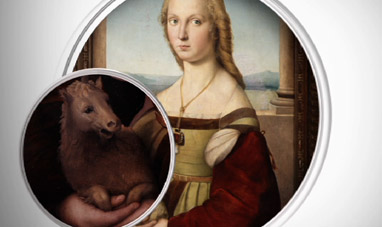

YOUNG WOMAN WITH UNICORN
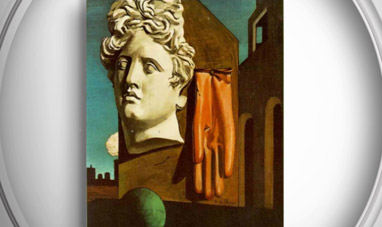

LOVE SONG
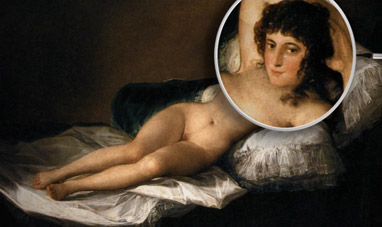

THE NUDE MAJA


FRANCESCO BORROMINI
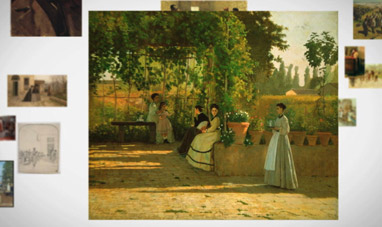

THE MACCHIAIOLI
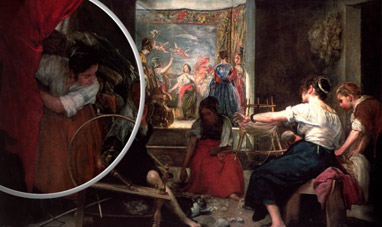

LAS HILANDERAS


DAVID (MICHELANGELO)
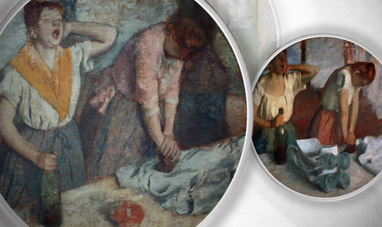

WOMEN IRONING
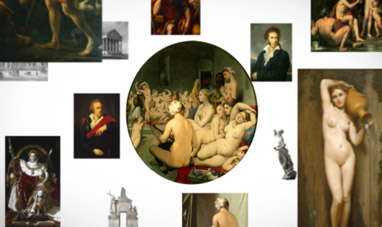

NEOCLASSICISM
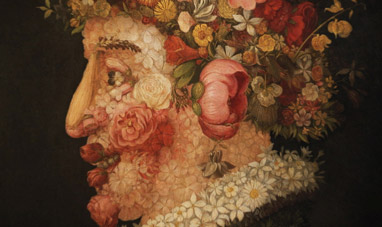

MANNERISM
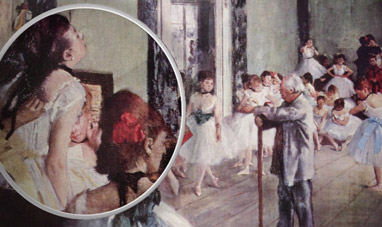

THE DANCE CLASS
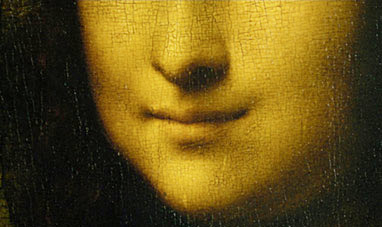

THE MONA LISA


THE SISTINE CHAPEL
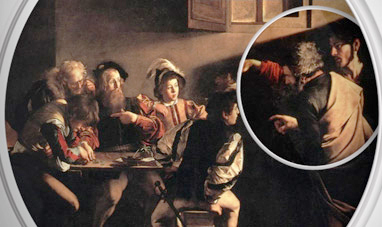

THE CALLING OF ST. MATTHEW
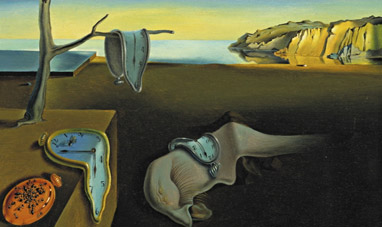

THE PERSISTENCE OF MEMORY


SOLOMON R. GUGGENHEIM MUSEUM
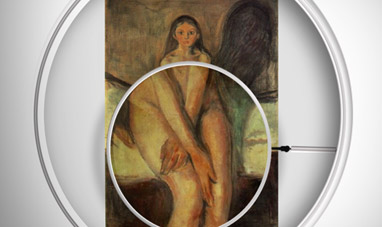

PUBERTY
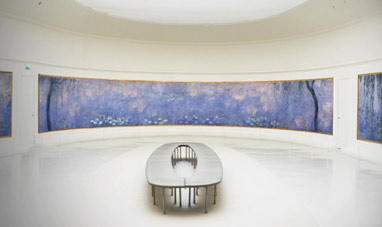

WATER LILIES (SERIES)


YOUNG BOY WITH A BASKET FRUIT
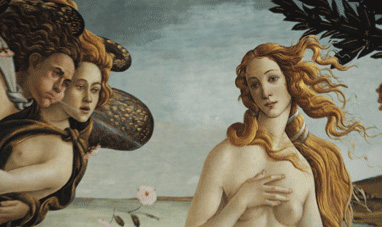

THE RENAISSANCE


GIOTTO-S-FRESCOES-IN-THE-ASSISI-CATHEDRAL
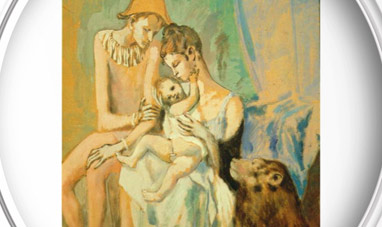

FAMILY OF ACROBATS, WITH MONKEY
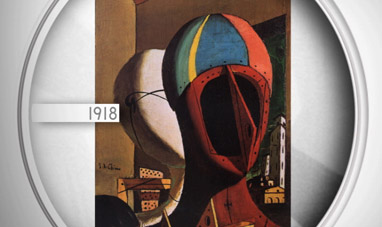

DISQUIETING MUSES
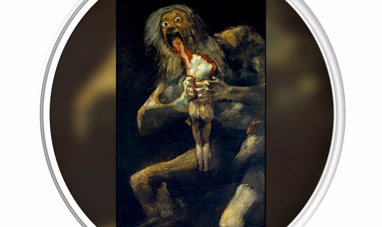

SATURN DEVOURING HIS SON
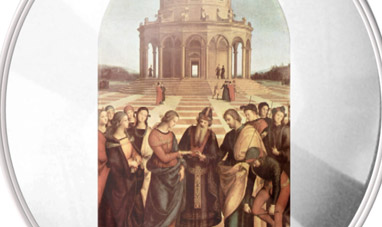

THE MARRIAGE OF THE VIRGIN
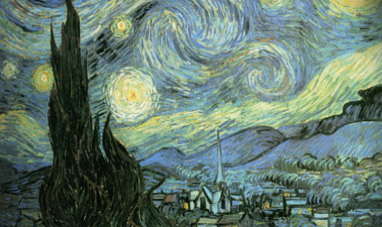

STARRY NIGHT


MADONNA OF THE GOLDFINCH
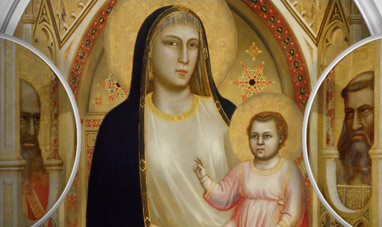

THE MADONNA DI OGNISSANTI


THE CRUCIFIX OF SANTA MARIA NOVELLA
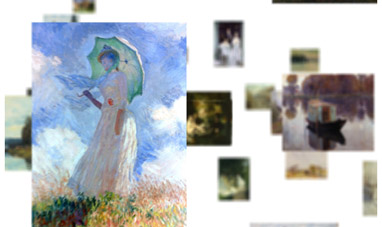

IMPRESSIONISM


SURREALISM
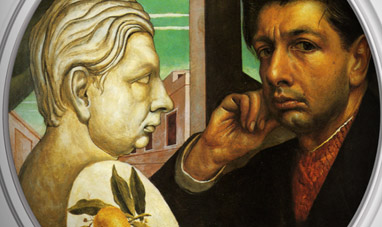

SELF PORTRAIT (GIORGIO DE CHIRICO)
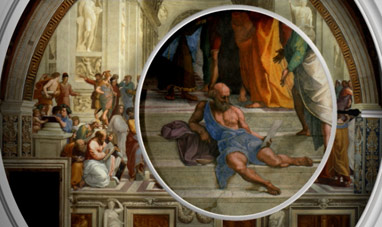

THE SCHOOL OF ATHENS


THE COUNT-DUKE OF OLIVARES
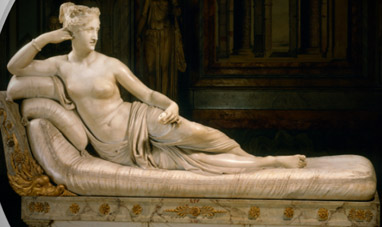

PAULINE BORGHESE
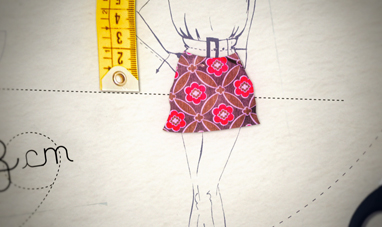

MINISKIRT
